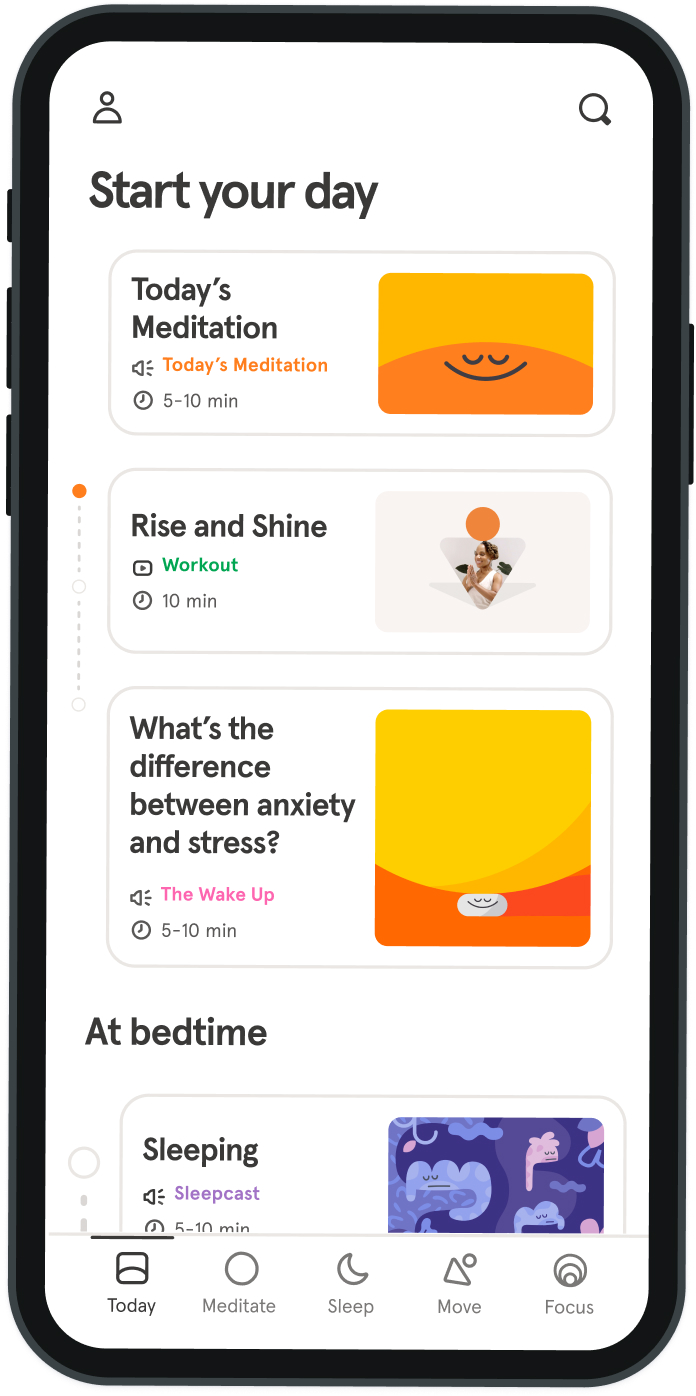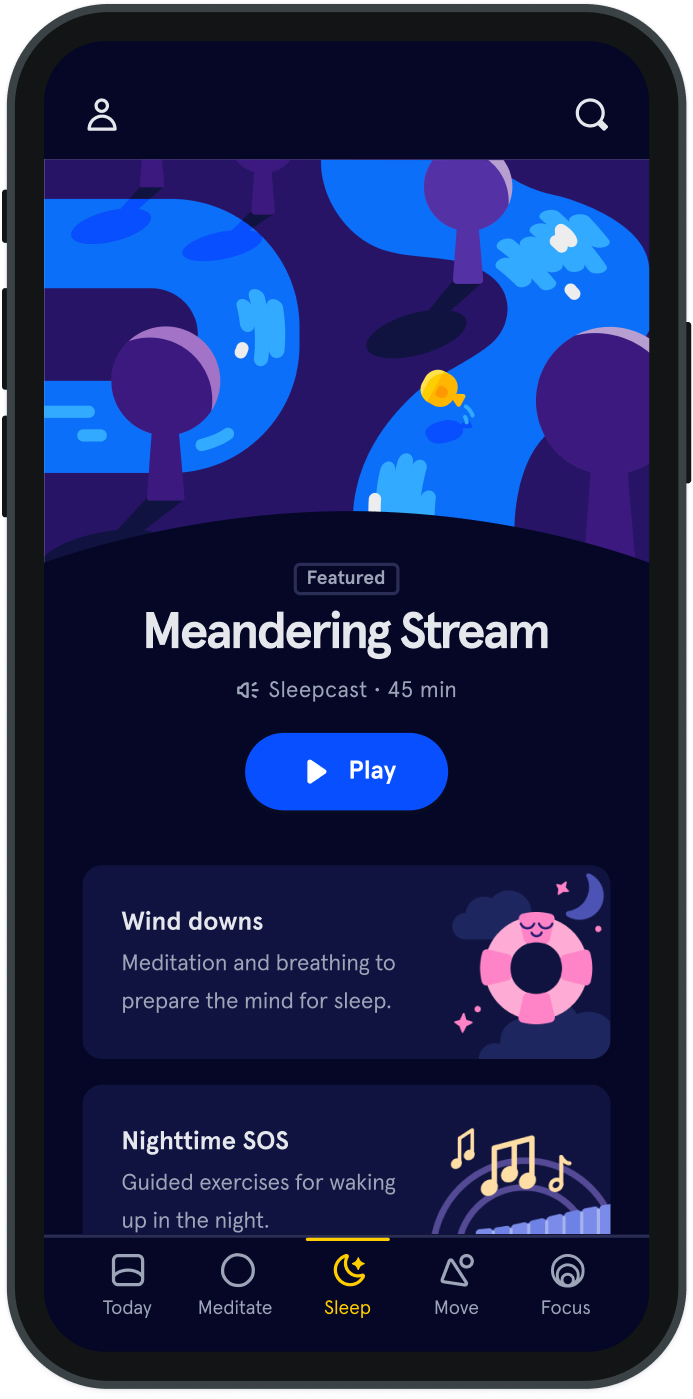The rich 177-year history of the selfie: and why you should continue it
The pioneering American photographer Robert Cornelius developed a picture of himself in 1839. In addition to being one of the first photographs of a person, it was also the first “selfie”.
As camera technology became more accessible to the masses, self-portraiture took on an entirely new form. It was no longer necessary to hire a professional to photograph or paint one’s portrait. Additionally, artists had a new medium through which to explore their own image. If a camera could accurately capture your features and likeness, painting could show something deeper. Picasso’s self-portraits document his mental states as much as his physical appearance. The painter Philip Guston painted himself conjoined with the things which defined him: cigarettes, brushes, cars, and canvases. In contemporary art, artists like Andy Warhol, Robert Mapplethorpe and Nan Goldin challenged cultural norms with their self-portraits, revealing images of life in cultural fringes.
Nan Goldin, Self-Portrait in my Blue Bathroom, Berlin 1991
We love images. We curate them constantly through social media platforms and subsequently through the clothes we wear, the company we keep, the ideas we believe in. We take selfies with our favorite dishes, our favorite books, our favorite people. Our streams of images become reflections of our material selves (the person engaged with the world around us), and thus, the gap between personal self (our inner identity) and material self has become blurred. It’s important to ask what this means in terms of how we view ourselves. If we identify so strongly with images and document our lives through external projections, do our appearances become more important than our internal lives? It’s precisely this culture of images that makes the process of self-reflection more important than ever before. Can we balance the constant stream of images and projections with genuine reflection? It’s worth examining why we identify with certain aspects of our appearance. How do we evaluate other people based on their images? How does this influence the way we engage with the world at large? How does this impact our anxieties and neuroses, and can we use images to confront unfavorable parts of ourselves in a positive way?
Pablo Picasso, Self-Portrait, 1907
Andy Warhol, Self-Portrait, 1966
Artists have been working with various forms of self portraiture for ages, but what we now call the “selfie” didn’t come about until the 1990s. Innovations in camera equipment and digital sharing, as well as a general cultural shift towards individualism, made the advent of the selfie almost inevitable. By the 2000s, it was possible to instantly make images of oneself and to share them on a huge scale. Why do people selfie? Because they can. Today, the selfie has become an institution, both a cliché of sorts and also a tried-and-true method of self-expression. It’s also an important form of documentation, translating memory into something that can be stored in the real world by anyone. Technology has finally caught up to an ever-present human urge to create images of ourselves. But how has this affected how we view ourselves?
The tradition of artistic selfies demonstrates that how we view ourselves on the surface might leave a lot to be desired. Instead of identifying with images, we can view them as creative opportunities. Think again of Picasso’s aging self portraits: they reflect the inevitable decline of old age with humility. Or the vibrant pre-photographic self-portraits of van Gogh, a tormented man who found beauty in the midst of his suffering. If we’re constantly judging ourselves based on appearances, it’s likely we treat others the same way. Maybe if we recognize that images are only one part of the equation, we can learn to approach ourselves and one another with a more appreciative and open-minded point of view.



Be kind to your mind
- Access the full library of 500+ meditations on everything from stress, to resilience, to compassion
- Put your mind to bed with sleep sounds, music, and wind-down exercises
- Make mindfulness a part of your daily routine with tension-releasing workouts, relaxing yoga, Focus music playlists, and more
Meditation and mindfulness for any mind, any mood, any goal

Stay in the loop
Be the first to get updates on our latest content, special offers, and new features.
By signing up, you’re agreeing to receive marketing emails from Headspace. You can unsubscribe at any time. For more details, check out our Privacy Policy.
- © 2025 Headspace Inc.
- Terms & conditions
- Privacy policy
- Consumer Health Data
- Your privacy choices
- CA Privacy Notice
